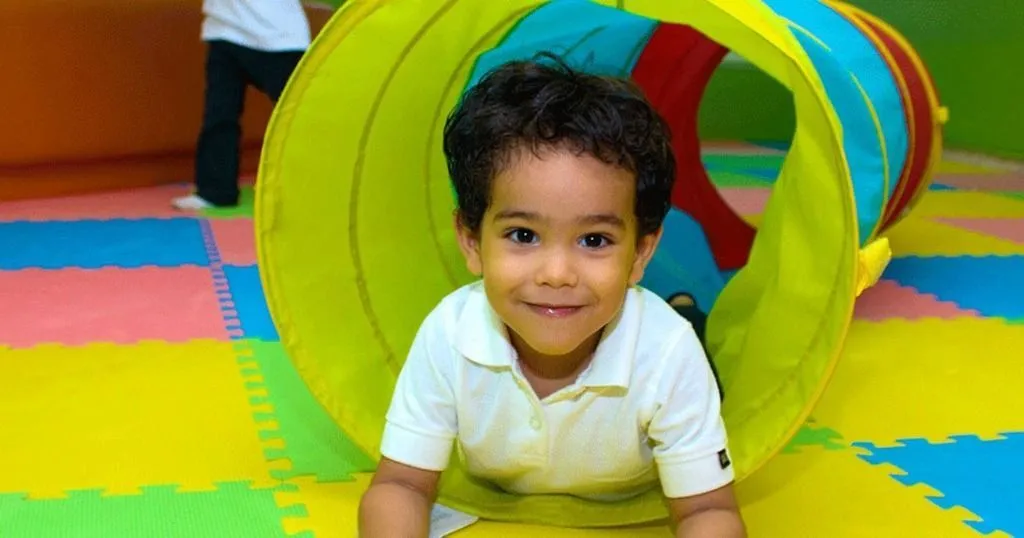Understanding social behavior
Social behavior is everywhere—at home, at work, and in the classroom. Discover what it is, why it matters, and how observing it with the right tools leads to deeper insight into how people connect, communicate, and respond.
Posted by
Published on
Wed 09 Apr. 2025
Topics
| FaceReader | Social Behavior Research | Social Interaction | The Observer XT | Viso |

From the very first smile between a newborn and a parent to the way team members respond to each other during a meeting, social behavior is all around you. It shapes how individuals connect, influence, and respond within groups.
Whether you're a researcher, educator, or clinician, understanding social behavior offers practical insights into development and group dynamics. Social behavior reveals a lot more than what meets the eye—it offers a direct window into how relationships work.
What is social behavior?
Social behavior includes the various ways people interact with others, both intentionally and unintentionally. It’s how someone smiles at a friend, helps a stranger, shares a joke, or even waits patiently in line. These behaviors help maintain relationships, build trust, and create group harmony. In research, social behavior can be observed in one-on-one (dyadic) interactions or within larger groups.
Here are a few key types of social behavior:
- Prosocial behavior: Actions that benefit others, such as comforting someone who’s upset, volunteering, or helping a peer with a task. These behaviors often involve empathy, cooperation, or kindness.
- Communicative behavior: Any form of verbal or non-verbal communication, like eye contact, body language, gestures, facial expressions, or tone of voice. For instance, nodding during a conversation shows engagement and respect.
- Affiliative behavior: Behaviors that build social bonds, such as hugging, handshakes, or group laughter. These are often seen in close relationships or team settings.
- Regulatory behavior: Behaviors that help manage interactions, like taking turns when speaking, apologizing after interrupting, or showing restraint in emotionally charged moments.
The other side: what is antisocial behavior?
To understand social behavior fully, it helps to also consider what its opposite is. Antisocial behavior refers to actions that harm or disregard others. It includes aggression, manipulation, deception, or behaviors that violate social norms—like bullying or lying. While social behavior aims to connect, antisocial behavior isolates or damages relationships.
In some contexts, studying antisocial behavior is just as important, especially in developmental psychology or clinical settings. By comparing both, you can better understand how social norms develop and what happens when those norms are broken.
Why should you measure social behavior?
Observing social behavior is one thing—measuring it accurately is another. As a researcher, you want more than just anecdotal notes or impressions. You need structured data to understand patterns, compare findings, and build solid conclusions.
When you can quantify interactions, you don’t just observe but also gain insight. You uncover trends. And you find meaning in the smallest shifts in behavior. This is particularly valuable when you're studying complex phenomena like empathy, cooperation, or social development in infants.
Failing to measure social behavior can mean missing out on key indicators of emotional health, cognitive development, or even group performance.

How can you measure social behavior?
Social behavior can happen in many different forms. Sometimes it’s a dyadic interaction or one-on-one exchange, like a parent soothing a child or two colleagues solving a problem together.
Other times, it takes place in larger settings, such as classrooms, team meetings, or social gatherings, where group dynamics come into play. In these situations, you might observe behaviors like leadership and turn-taking.
To capture and analyze these interactions effectively—whether between two people or among many—you need tools that offer precision and flexibility. For example:
- Viso software offers a flexible way to record social interactions from multiple camera angles, making it easier to capture the full context of behavior in real-life settings. You can review and annotate behavior from different perspectives, making it easier to evaluate subtle cues, identify key interaction moments, and support accurate, objective analysis.
- The Observer XT enables detailed behavioral coding across time, allowing you to mark and analyze interactions in both small and large group contexts. You can track who initiates contact, how others respond, and how behavior unfolds moment by moment. Ideal for understanding complex social dynamics.
- For emotional insight, FaceReader can analyze facial expressions during conversations or interactions. It helps you understand how individuals emotionally respond within a social context—whether that’s mutual joy in a friendly exchange or discomfort during group pressure. FaceReader also allows for analysis of reactions to video stimuli, such as moral dilemmas or social scenarios.
You can also easily use The Observer XT, FaceReader, and Viso together in your setup, allowing you to synchronize behavioral observations, emotional responses, and video footage in one unified workflow—making your analysis more efficient, consistent, and complete.
BUYER'S GUIDE: Choose the perfect audiovisual lab
Learn exactly what you need to consider for your AV lab.
- Best options for your AV lab
- Practical considerations & tips
- Get the most out of your setup
📌Case in point: Observing social behavior in real time
In a recent study (Hubbard et al., 2024), researchers observed nine-year-old children as they interacted in a structured round-robin format, where each child partnered with every other group member. During cooperative and frustrating tasks, facial expressions were captured every second using The Observer XT. Their findings? Clear evidence that both individual personality traits and the dynamics of each specific dyad shape how emotions are expressed—even among children meeting for the first time.
Studying social behavior using screen-based scenarios
While direct interaction offers rich insight, social behavior can also be studied through screen-based scenarios. For example, participants might view videos of facial expressions, social situations, or moral dilemmas on a screen. This setup allows you to measure how they respond to social cues, even without face-to-face contact.
Researchers have used FaceReader to study emotional reactions to advertisements and stylized graphics, revealing subconscious responses that traditional surveys often miss. This makes FaceReader a powerful tool not just for observing emotions, but for uncovering the feelings people may not even realize they’re showing.
By combining observational and emotional data, you gain a more complete picture—not just what happened, but how participants experienced the interaction. And that’s crucial, whether you’re studying toddlers learning to share or adults navigating workplace collaboration.
Social behavior in autism
Understanding social behavior becomes even more crucial when working with individuals on the autism spectrum. People with autism often experience differences in how they perceive, process, and respond to social cues. These differences can affect everything from eye contact and facial expressions to turn-taking in conversation and interpreting emotions.
Observing the differences that matter
The Observer XT can help identify patterns in social interactions—like reduced frequency of initiations or delays in response—while FaceReader can detect subtle emotional expressions that may not align with verbal communication. As a multi-angle video recording system, Viso allows you to capture detailed footage of real-life social scenarios, like a therapy session, classroom setting, or clinical observation.
Measuring social behavior in autism helps you better support individuals and design targeted therapies.
From interaction to interpretation
Social behavior isn’t just about what happens between two or more people. It’s about the deeper meanings behind those actions. By using scientific tools to observe and measure these behaviors, you move from guessing to knowing.
And when your research uncovers those insights, you're not just collecting data—you’re contributing to a broader understanding of human interaction.
💡Want to stay ahead in behavioral research? Subscribe to Noldus Newsline now! You will receive expert insights and the latest innovations, straight into your inbox every month.
Reference
Hubbard, J.A.; Moore, C.C.; Zajac, L.; Marano, E.; Bookhout, M.K. & Dozier, M. (2024). The importance of both individual differences and dyadic processes in children’s emotion expression. Applied Developmental Science, 28(2): 193–206. https://doi.org/10.1080/10888691.2022.2163247.
Related Posts

Observe police interrogations – research on adolescence

The effectiveness of physical therapy sessions for children with cerebral palsy
